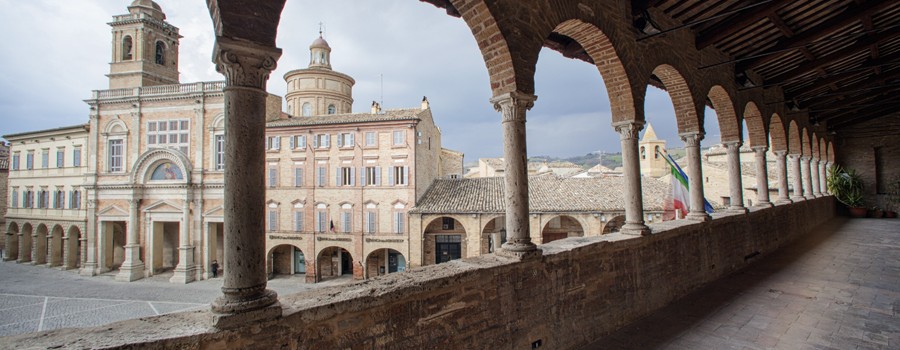Probably built during the Stone Age between the ninth and third centuries BC, the centre of Offida is renowned for the architectural harmony of its urban fabric and a wealth of historical, artistic and archaeological content.
From the central Piazza del Popolo, location of Palazzo Comunale with its tower and swallowtail battlements, and the Serpente Aureo theatre, a stunning period building dating to 1820 and featuring the horseshoe design typical of a 1700s playhouse, we may continue along Via Roma as far as the nineteenth-century Palazzo De Castellotti, home of the civic museum complex.
Inside, the museum houses a rich and varied collection. The visit begins in the cellars of the building with the museum of popular traditions, divided into four sectors (the wheat cycle, the artisan workshops, the home, the cellar). On the ground floor, in the building’s original dining room, we find the picture gallery and stairs leading to the first floor with an altarpiece by Simone de Magistris. On the piano nobile we find the pillow lace museum and the “Guglielmo Allevi” archaeological museum. The gardens are home to a small archaeology teaching park.
Leaving Palazzo de Castellotti and continuing along Via Roma, up to the southern edge of the old town, we encounter the monumental church of Santa Maria della Rocca, surrounded on three sides by cliffs that emphasize the impressive 1333 Romanesque-Gothic building.
Continuing up through the town from Piazza del Popolo to Via Ischia, we meet the Aldo Sergiacomi Museum, a very special workshop-museum located in the studio of sculptor Aldo Sergiacomi, a native of Offida.




















